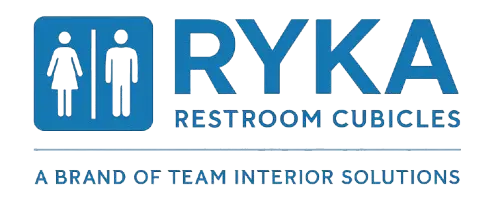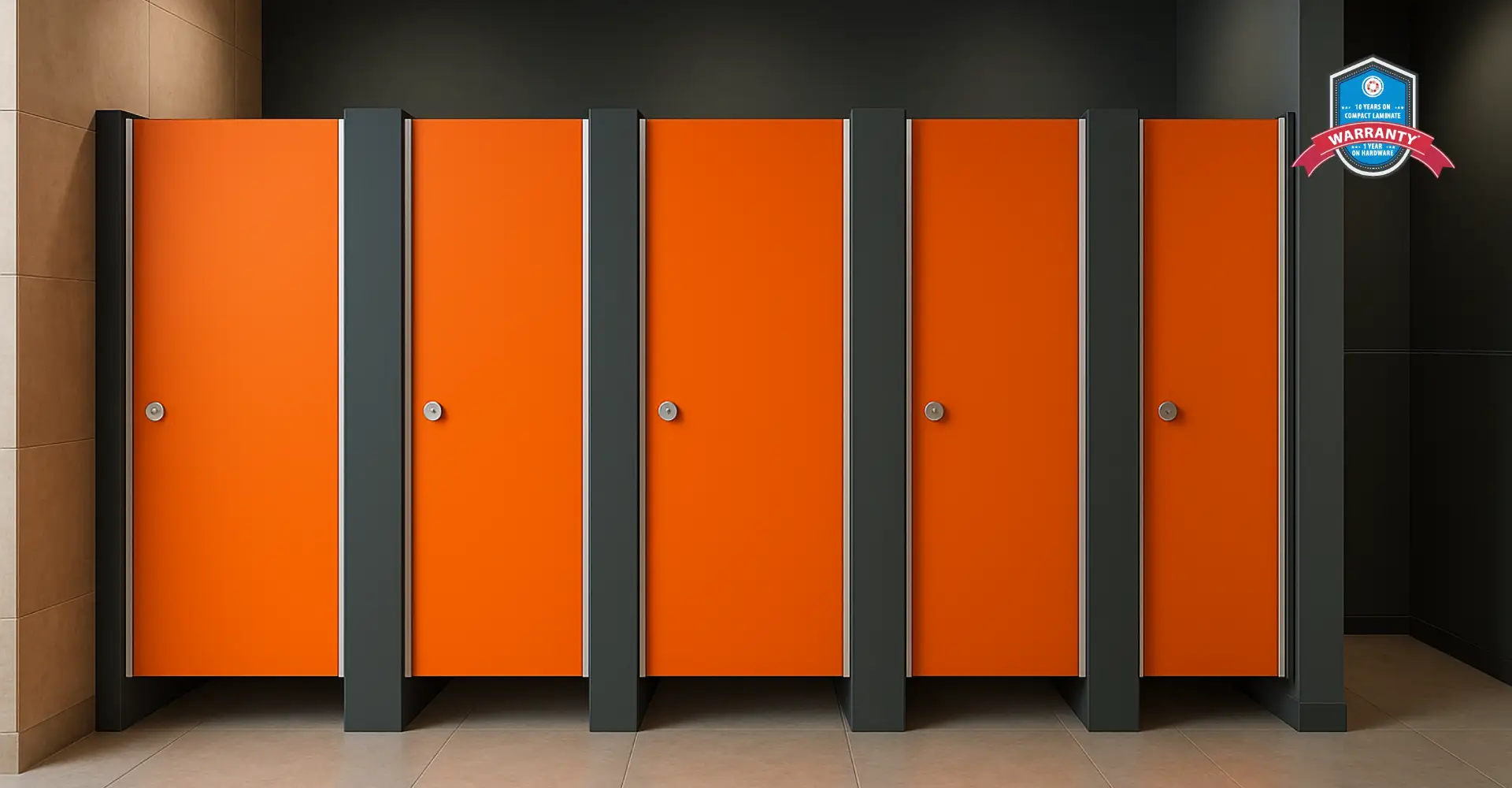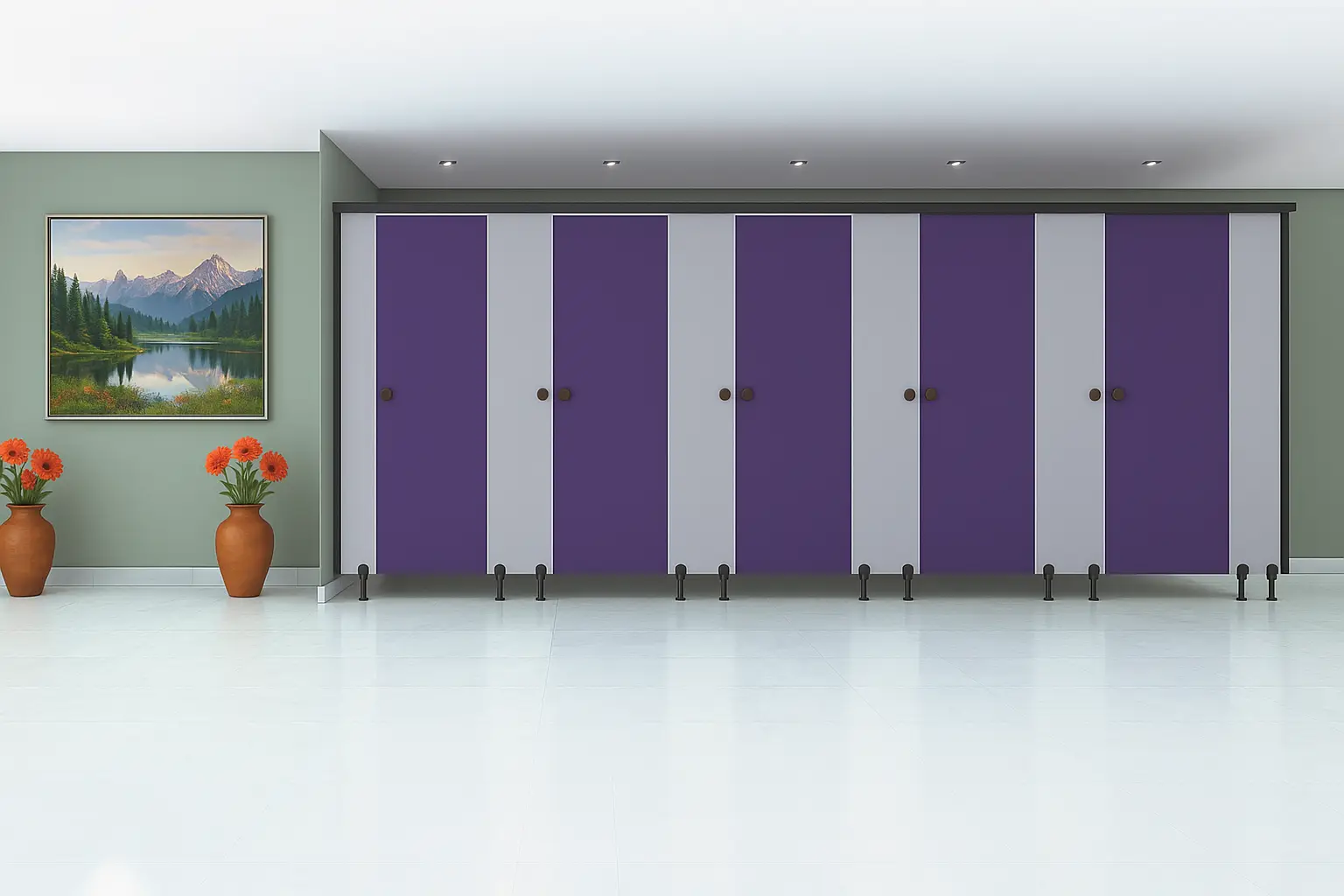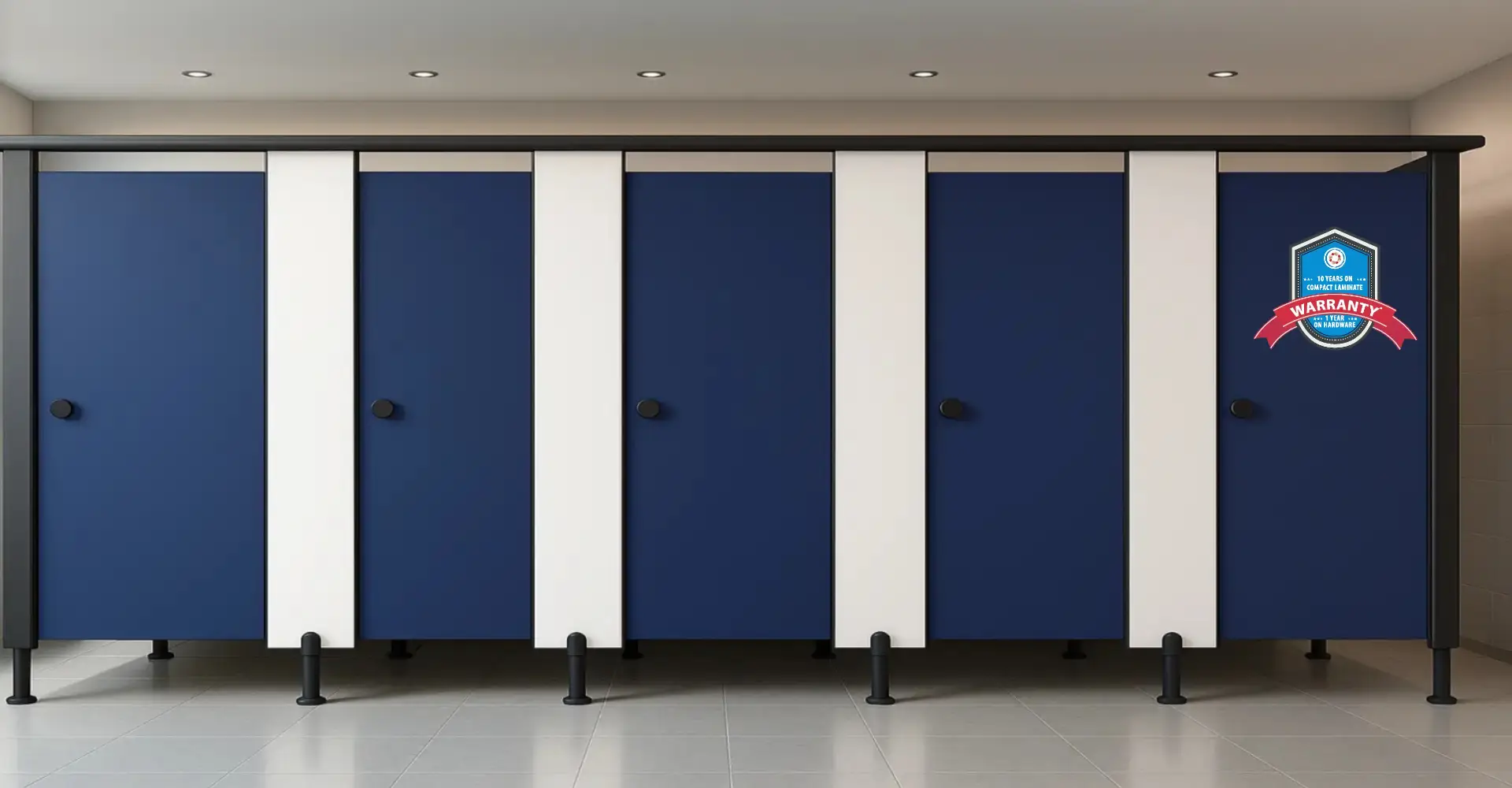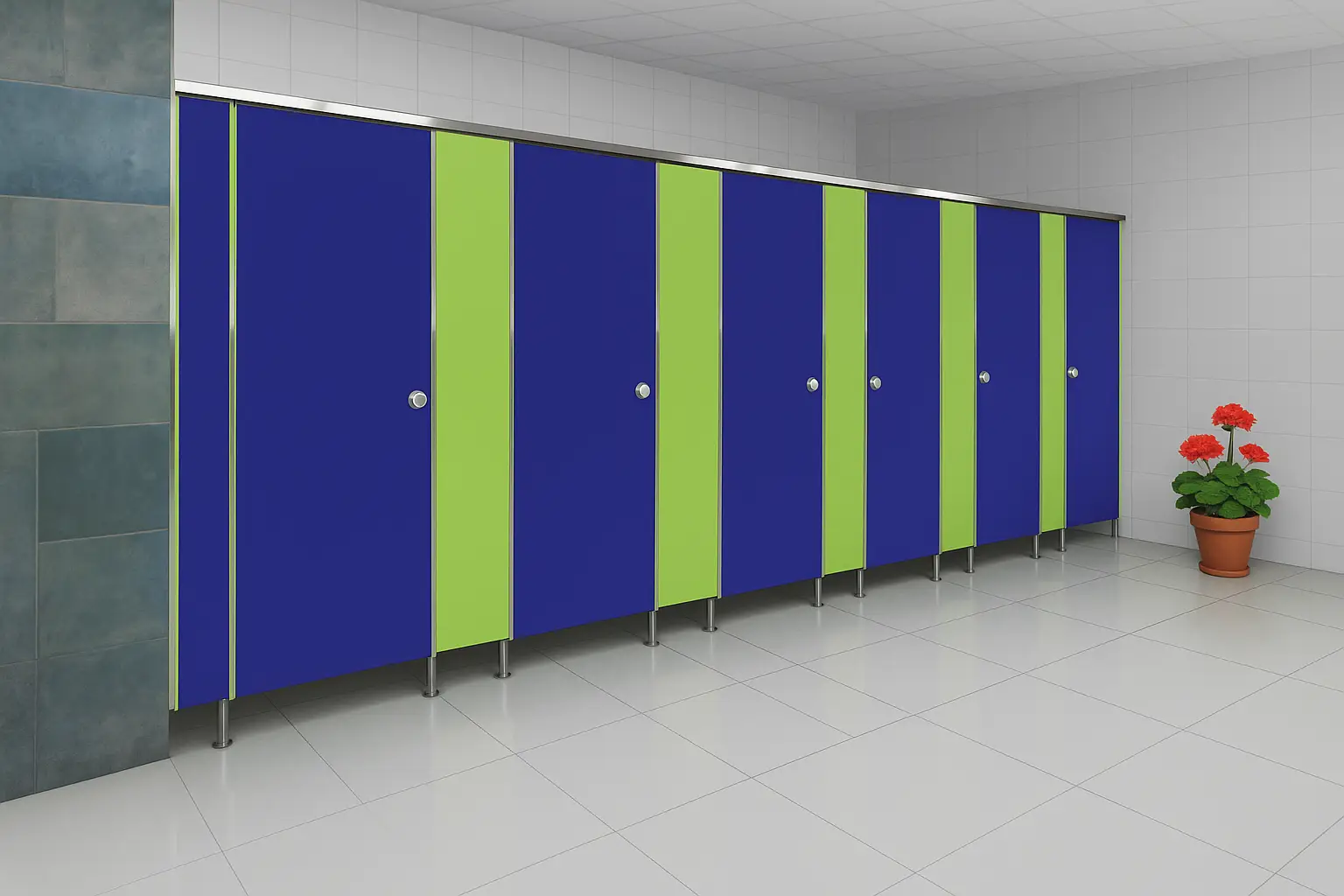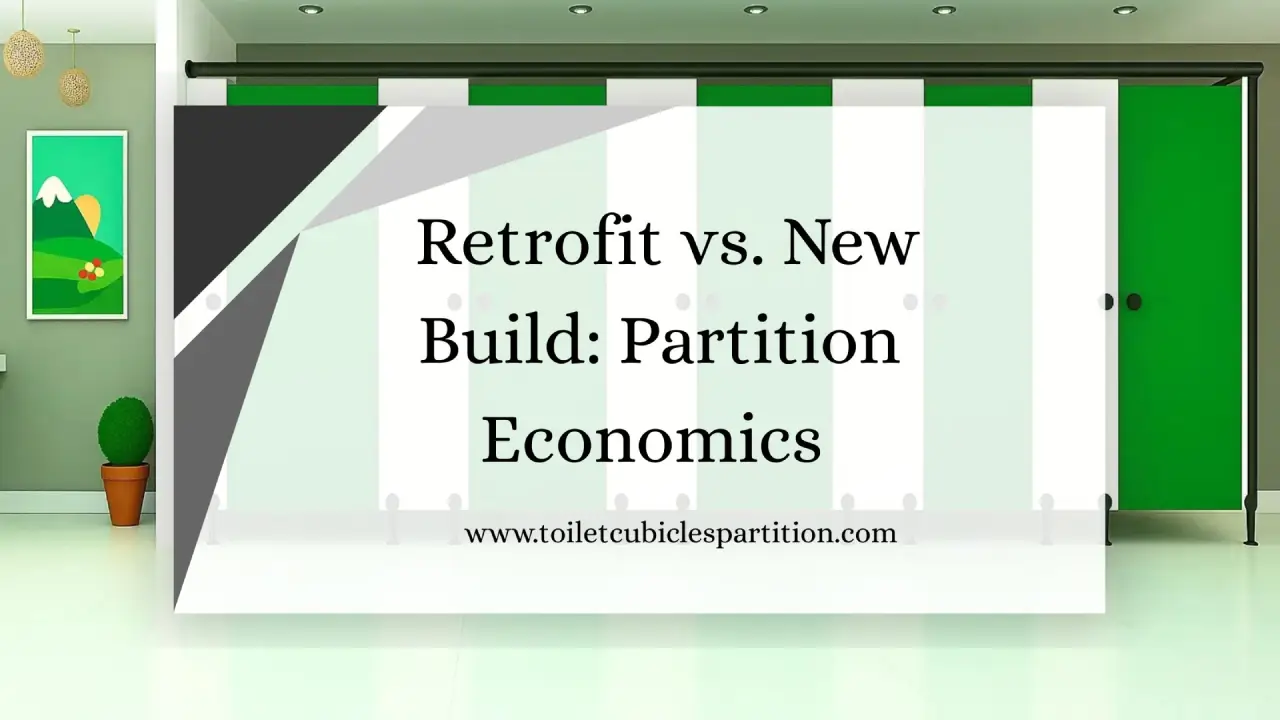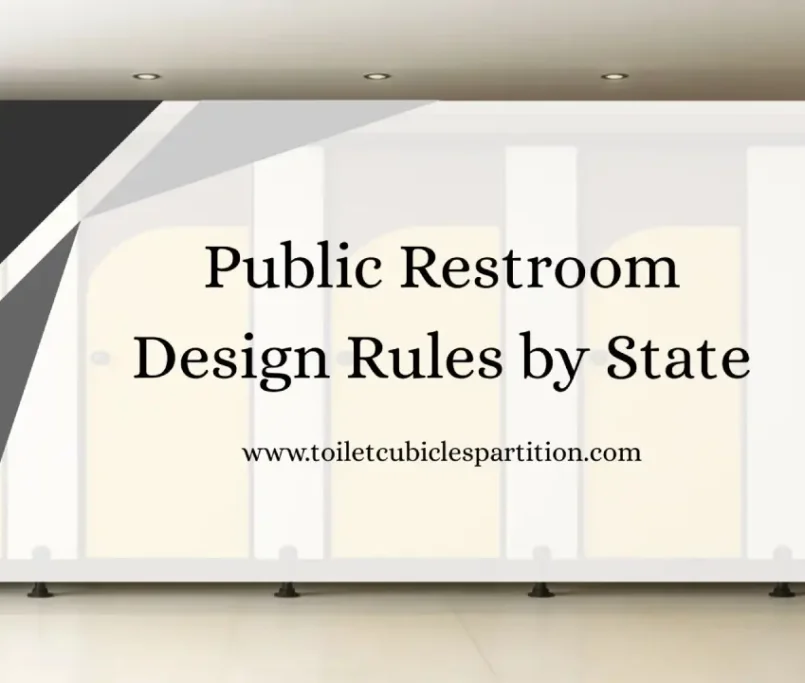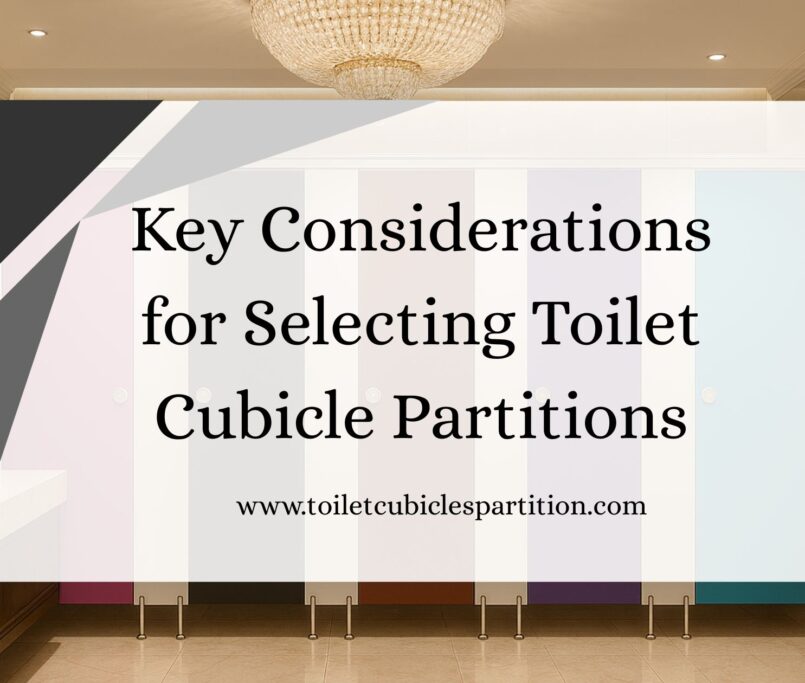Facility managers, architects, and builders are encountering a dilemma when it comes to planning the restroom or workspace partitions: retrofit the already existing areas or invest in new construction. Although the cost factor is the first one to consider, a complicated equilibrium of cost, safety, design flexibility, lifecycle value, and regulatory compliance is at play.
The economics of these two strategies can assist organizations to make smarter investments, minimize long-term expenses, and enhance the efficiency of operations.
Understanding Retrofit vs. New Build
In retrofit partitions, partitions of an existing building are upgraded or replaced. This strategy is usually used in renovation, facility upgrades, or when a facility has to meet new safety code requirements. The attraction of retrofitting is that it could lessen the disturbance, lessen the initial expenses, and enhance the effectiveness of the current restrooms and workspaces.
New build, on the contrary, entails the installation of partitions at the initial stage of construction. This technique enables architects and designers to blend partitions in the building plan, which also provides the utmost design flexibility, compliance, and efficiency over time.
Cost Implications
Economic comparison between retrofitting and constructing new partitions is a big matter, which is not always self-explanatory.
In retrofits, the start-up cost is usually less since existing structures are used. It does not require a lot of demolitions or reconstructions and takes less time for installations. Retrofitting can, however, be accompanied by hidden expenses, including the structural construction, the temporary expulsion of residents, or the extra work needed to adjust partitions to already existing layouts.
Although more costly at first, New builds can tend to offer more in the life cycle of the building. Since partitions are fitted during the original construction, retroactive modifications are unnecessary and can be easily integrated with other systems, i.e., plumbing, electrical, fire safety, etc. This leads to a reduction in the maintenance, repair, and compliance updates over the long run.
Time and Disruption Factors
The clear benefit of retrofit projects is that they have minimal effects on the disruption of operations. In the case of facilities such as airports, hospitals, and schools, it is important to ensure that facilities are functional during upgrades. There is a tendency to schedule work in phases to minimize the downtime so that the restrooms can be used during the retrofitting process, which can be done in sections.
New builds, on the other hand, take a longer time to plan and implement. Although this might be considered a drawback, it gives it a clean slate towards accurate installation. The partition plans can be developed based on the needs of the buildings; builders would have the ability to develop partition schemes, which optimally use the available space, enhance accessibility, and introduce new safety mechanisms without limiting the development to the current facilities.
Safety and Regulatory Compliance
Compliance with current safety standards is one of the best arguments that can be made in favor of retrofit and new build projects. The building codes change over time, especially in dealing with fire resistance, accessibility, and hygiene requirements.
Retrofit projects are usually intended to remodel facilities that are old, and these may require the installation of fire-resistant cubicles, antibacterial surfaces, or height-adjusted partitions to accommodate accessibility. Although these upgrades are quite advantageous, retrofitting old buildings may face problems like a lack of space, unbalanced floors, or old plumbing and electrical systems.
New builds, on the other hand, permit compliance to be conceived upfront. It is possible to introduce fire-resistant materials, convenient designs, and wearable finishes that do not compromise. This mitigates the effects of expensive alterations in the future and has the added advantage of making the partitions to international standards, i.e., NBC India standards, ASTM standards, or even EN standards.
Flexibility and Aesthetics of Design
The value of design flexibility is one of the major economic considerations. Existing walls, ceiling heights, and the placement of plumbing can often result in trade-offs in retrofitting. Designers might need to scale the partition size or finishes to the available environment, and this fact constrains innovative solutions.
New constructions, however, are where designers and architects can make the most out of space and glam. The designers can come up with partitions that will optimize the workflow and incorporate intelligent technology as well, and enhance the theme of the interior. Customization of partition heights, finishes, and design yields long-term value, since the installations are not easily affected in the near future, forcing one to replace and adjust them.
Lifecycle Economics
While retrofitting offers lower initial costs, new builds often deliver better lifecycle value. Lifecycle economics include:
- Maintenance Costs: New partitions are easier to maintain, and high-quality materials reduce wear and tear.
- Durability: Fire-resistant, moisture-proof, and impact-resistant materials last longer when installed correctly in a new build.
- Upgrade Potential: Partitions in new builds are designed with future expansions or tech integrations in mind.
- Long-Term Savings: Reduced risk of code violations, fire hazards, or early replacement costs.
In essence, the total cost of ownership often favors new builds, especially for high-traffic facilities.
Case Study Example
Consider a mid-sized hospital undergoing renovation. The administration opted for retrofit partitions in the emergency wing. While the initial cost was 30% lower than building new partitions, the project required multiple structural adjustments, temporary closure of restrooms, and additional labor to adapt panels to uneven surfaces.
In contrast, a new wing constructed with partitions integrated from the design phase used fire-resistant, modular cubicles. The upfront investment was higher, but the installation was seamless, required no rework, and integrated safety features such as smoke-resistant materials and anti-bacterial surfaces. Over ten years, the new build partitions resulted in lower maintenance costs, fewer replacements, and improved compliance, illustrating the lifecycle economic advantage.
Making the Right Choice
Choosing between retrofit and new build partitions requires weighing:
- Budget Constraints: Are short-term savings more critical than long-term efficiency?
- Facility Usage: High-footfall areas benefit more from new builds.
- Safety & Compliance Needs: Older buildings often need retrofits to meet updated codes.
- Design Objectives: New builds offer maximum creative freedom for aesthetics and workflow optimization.
- Long-Term Strategy: Consider how the facility will evolve over the next 10–20 years.
Conclusion
The economics of retrofit versus new build partitions are complex and multifaceted. While retrofit projects offer short-term cost savings and minimal disruption, new builds provide superior lifecycle value, compliance, durability, and design flexibility.
Facility managers, architects, and contractors must consider budget, safety, long-term maintenance, and aesthetic requirements before making a decision. By carefully analyzing these factors, organizations can make investments that maximize both safety and return on investment.
Ryka Restroom Cubicles, as a leading toilet cubicle partition manufacturer, provides tailored solutions for both retrofit and new build projects. With expertise in fire-resistant, durable, and customizable partitions, Ryka ensures that every project delivers safety, efficiency, and aesthetic appeal.
